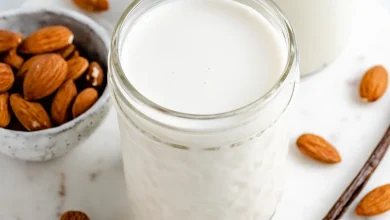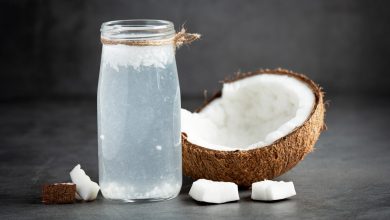Taro Shoots (Raw) – Nutritional Information & Ingredients
Taro shoots are the young, tender stems of the taro plant, commonly used in various cuisines for their subtle flavor and nutritional benefits. Raw taro shoots are low in calories and provide a variety of essential vitamins and minerals, making them a healthy addition to your meals.
Nutritional Information (per 100g)
| Nutrient | Amount |
|---|---|
| Energy | 11.0 kcal |
| Protein | 0.92 g |
| Fat | 0.09 g |
| Saturated Fats | 0.018 g |
| Carbohydrates | 2.32 g |
| Fiber | 0.0 g |
| Sugar | 0.0 g |
| Calcium | 12.0 mg |
| Iron | 0.6 mg |
| Magnesium | 8.0 mg |
| Phosphorus | 28.0 mg |
| Potassium | 332.0 mg |
| Sodium | 1.0 mg |
| Zinc | 0.51 mg |
| Copper | 0.088 mcg |
| Manganese | 0.122 mg |
| Selenium | 0.9 mcg |
| Vitamin C | 21.0 mg |
| Thiamin (B1) | 0.04 mg |
| Riboflavin (B2) | 0.05 mg |
| Niacin (B3) | 0.8 mg |
| Vitamin B6 | 0.111 mg |
| Folate | 3.0 mcg |
| Vitamin B12 | 0.0 mcg |
| Vitamin A | 3.0 mcg |
| Vitamin E | 0.0 mg |
| Vitamin D2 | 0.0 mcg |
Allergen Information
Taro shoots are naturally gluten-free and suitable for most diets, though individuals with a sensitivity to taro or related plants (like yams or sweet potatoes) should exercise caution.
Dietary Preferences
- Gluten-Free
- Low Calorie
- Vegan
- Vegetarian
Usage Tips and Advice
Taro shoots can be a versatile ingredient, often incorporated into soups, stews, and stir-fries. However, they must be thoroughly cooked before consumption, as raw taro contains calcium oxalate crystals, which can irritate the throat. If you plan to use them in salads or raw dishes, ensure they are blanched or cooked to neutralize these compounds.
Conclusion
Adding raw taro shoots to your recipes not only boosts the nutritional value of your dishes but also provides a unique texture and flavor. Rich in potassium, Vitamin C, and several essential minerals, taro shoots can be a healthy addition to any diet when prepared correctly. Be sure to cook them well for the best taste and texture, and enjoy their benefits as part of a balanced meal.










